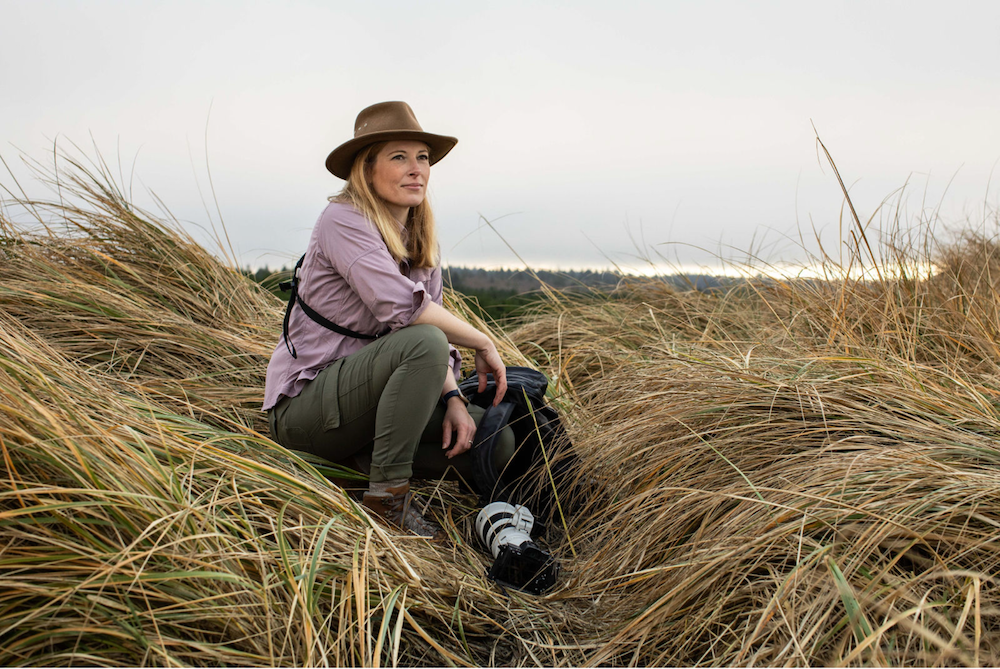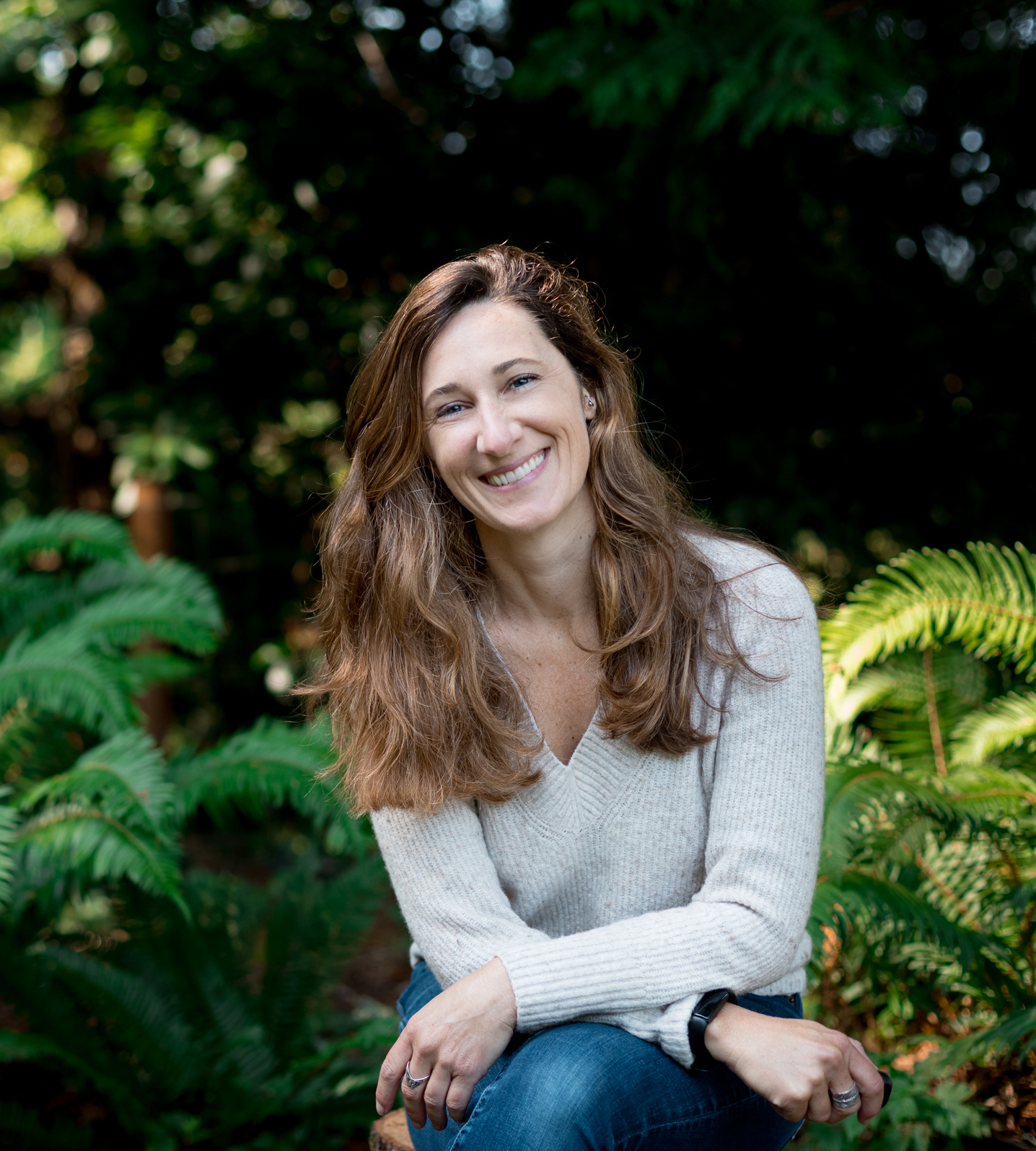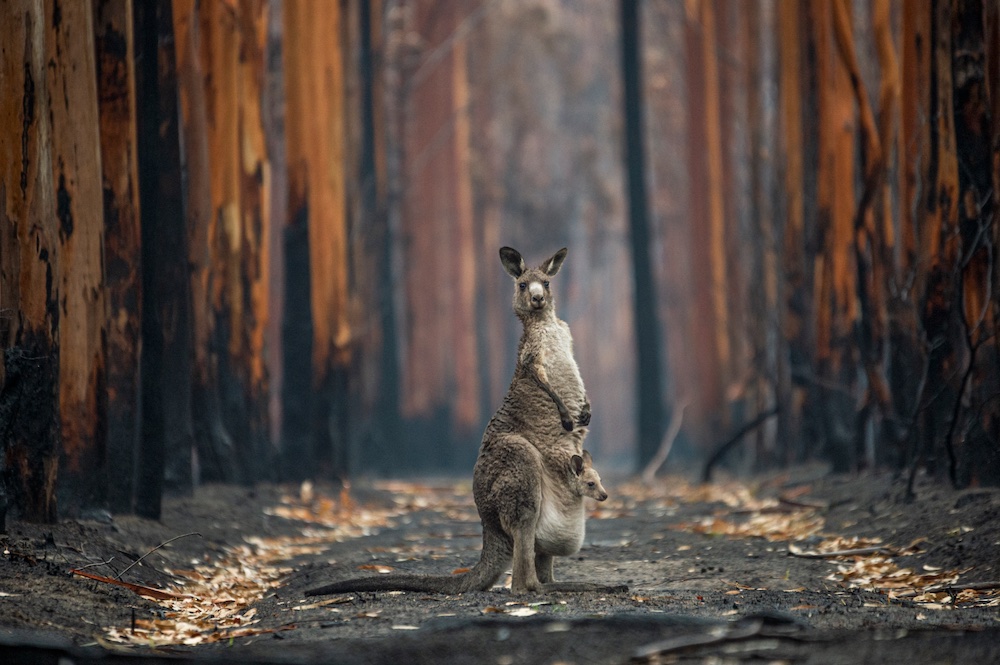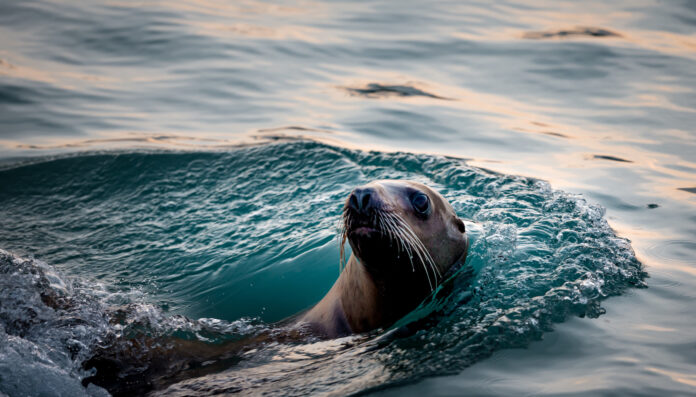Those who practice photojournalism in general, and wildlife photography in particular, know that a stark gender imbalance exists in their industry: there just aren’t enough women taking photos. Happily, California Academy of Sciences’ annual BigPicture Natural World Photography Competition, which was started in 2014, has become a hub for those attempting to take on that inequity.
The organization’s approach is multi-pronged. At least half of each year’s judging panel consists of women, a half-off discount is being offered to women entrants (deadline for entry for all applicants is Tue/1), and an advisory committee has been created to support the Academy’s Women in Wildlife Photography Initiative.
This year, conservation photographer and podcast host Jaymi Heimbuch (also a 2022 judge), and wildlife photojournalist and filmmaker Morgan Heim (who won the in the Human/Nature category of the contest in 2014), will join the women’s initiative advisory committee. The two are seasoned activists when it comes to supporting women in their field. Heimbuch and Heim are the founders of Her Wild Vision, a directory of leading, woman-identifying conservation photographers and filmmakers all over the world. The directory’s mission? So that there are “no more excuses for not being able to find us.”

Opportunities for women within wildlife photojournalism may be starting to expand, says Heim, but the pace is fairly glacial.
“This field, even more so than war photography, is highly represented by men,” she told 48hills. “It wasn’t that long ago I could count on one hand the number of women in wildlife photography.”
Heim says she’s noticed some outlets featuring more women photographers. Others, such as National Geographic, have been slow to implement any changes.
She and Heimbuch say it’s hard for women to get the assistant jobs that are crucial to getting a foot in the door. Some people still harbor the perception that it’s dangerous for a woman to go out into the field alone. As a consequence, woman photographers need to spend a lot of time proving their capability.
In her case, she wouldn’t take no for an answer, Heimbuch says.

“I feel the most profound connection to myself and my work when I’m in nature,” she said. “Picking up a camera is how I’m going to enjoy it even more deeply.”
For Heim, her career started with studying zoology and then she went into environmental journalism.
“It’s pure desire,” she continued. “The only reason I pick up a camera is to tell stories about wildlife.”
Heimbuch and Heim had long been contemplating starting a directory of women doing what they do so that editors and producers could find them easily. During the height of the COVID pandemic, when work slowed, it seemed like an optimal moment to make the project a reality time. Heim said it only took about three weeks from outreach efforts to the finished product.
“We both invited a list of women we knew and whose work we respected,” she said. “We kept it small at first to get it built, and then we went through every woman we could think of. We send direct emails and asked people to apply and put it out on social media and had a great response. In the first round, we got about 120 people.”
They have gotten feedback from editors telling them the directory is helpful and desired, as well as hearing from photographers who have gotten work through their listing. Heim says the directory takes the challenge away from people who are doing hiring by making it possible to search by skill set and expertise to find the perfect shutterbug for the job.

But it’s just a start when it comes to fixing a deeply inequitable industry. In terms of the Academy’s BigPicture competition, Heim and Heimbuch both appreciate the proactive efforts that have been made in pursuit of increasing women applicants. They say even more measures are possible in the future—even a plan to waive entry fees entirely.
Because that 50 percent women’s discount was the reason photographers like Jo-Anne McArthur submitted their work in the first place. McArthur went on to win the 2021 Grand Prize for her stunning photo, “Hope in a Burned Plantation,” which captures a kangaroo with her joey in a burned Australian eucalyptus plantation.
BigPicture’s organizers want more women to send in their prize-winning shots.
“We’re game to listen to suggestions,” Heim said, contemplating the notion of waiving fees for certain women entirely. “We’re seeing so many people willing to support people who say, ‘I wasn’t going to enter because of the price.’”
BigPicture is accepting entries through March 1. The discount code for women participants is WILDWOMEN. Go here for more info.





